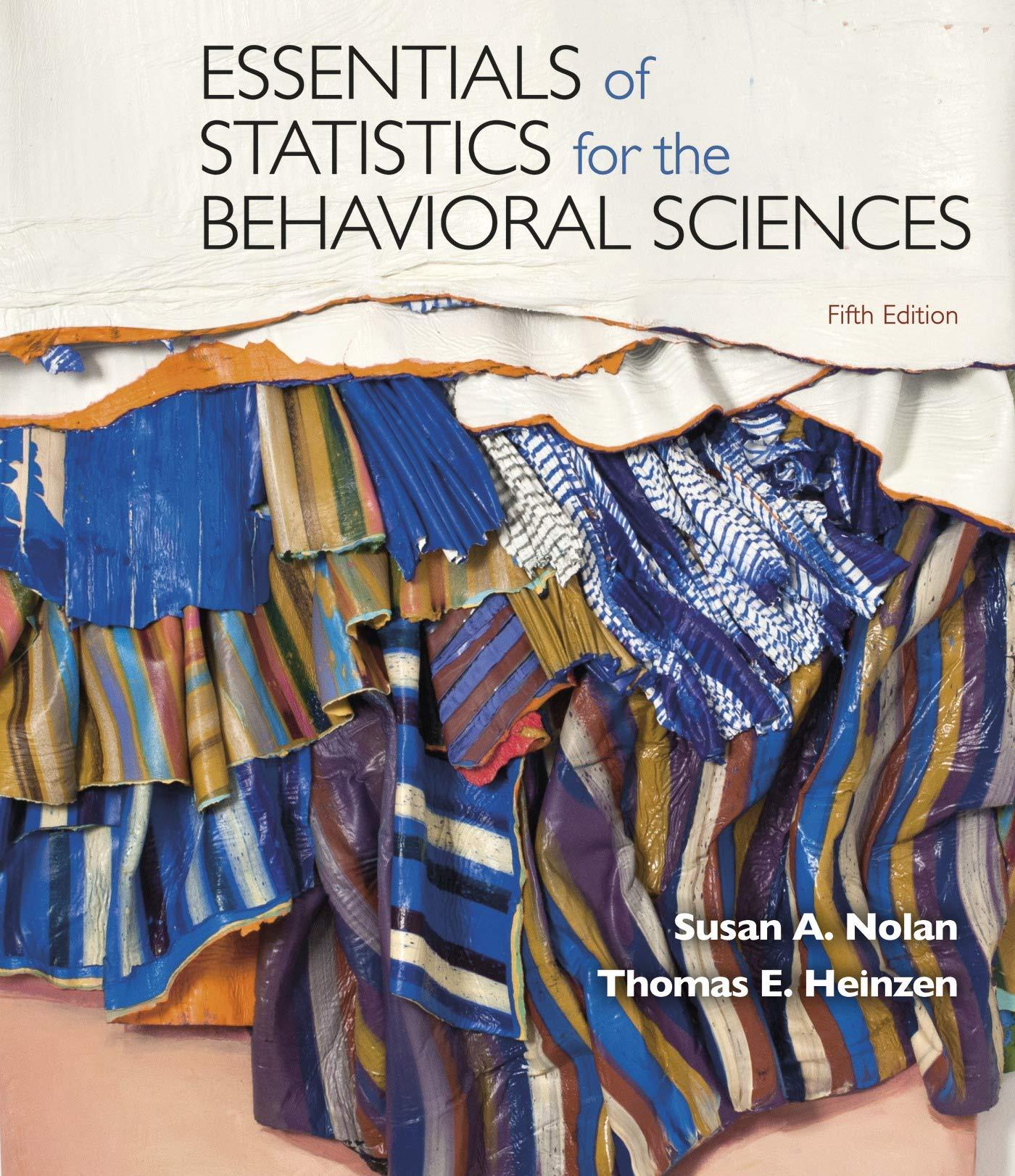13.28 Awe and correlation in the news: The New York Times reported on a study that examined...
Question:
13.28 Awe and correlation in the news: The New York Times reported on a study that examined the link between positive emotions and health. First citing previous research connecting negative moods with poor health, the reporter said: “Far less is known, however, about the health benefits of specific upbeat moods—whether contentment, say, might promote good health more robustly than joy or pride does. A new study singles out one surprising emotion as a potent medicine: awe” (Reynolds, 2015). What is awe? The reporter interviewed one of the researchers, Dacher Keltner, who said that awe is something that “will pass the goose-bumps test.” Keltner explained that “Some people feel awe listening to music, others watching a sunset or attending a political rally or seeing kids play.”
a. If this study were an experiment, how might the researchers have studied the emotion of awe as a medicine?
b. Why is it unlikely that the researchers conducted a true experiment?
c. The researchers actually conducted a correlational study (Stellar et al., 2015). They used elevated levels of interleukin-6 (IL-6), a measure of inflammation, as a marker of poorer health in their participants. They examined a number of positive emotions, and reported that “awe had the strongest relationship with IL-6 of any positive emotion.” Is this relation likely to be positive or negative? Explain your answer.
d. Why can the researchers not conclude that awe causes a change in levels of inflammation?
e. Why should the reporter avoid the word “medicine” in her article?
Step by Step Answer:

Essentials Of Statistics For The Behavioral Sciences
ISBN: 9781319247195
5th Edition
Authors: Susan A. Nolan, Thomas Heinzen






